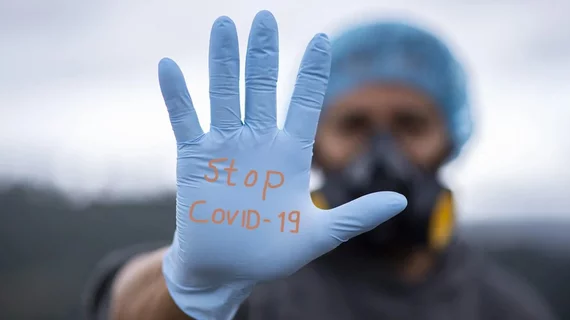Autopsies suggest we still have a lot to learn about COVID-19's impact on the heart
Blood clots are common in the hearts of patients who die from COVID-19, researchers confirmed in a new analysis. However, the group noted, the changes expected to be seen in the endothelial cells lining those patients' hearts were absent.
The team shared its findings in the American Journal of Pathology.
The study included autopsies of seven COVID-19 patients who died in the early stages of the pandemic, before anticoagulation treatment was routinely administered. There were four men and three women ranging in age from 50 to 94 years old.
The researchers found that the likely cause of these blood clots was hypercoagulability caused by activated neutrophils.
“My laboratory has a long history of defining endothelial cell alterations that produce pathologies, including thrombosis, and we expected to confirm the widely held assumption that local endothelial cell alterations were responsible for thrombosis of the cardiac vessels in COVID-19 patients,” co-author Jordan S. Pober, MD, PhD, with the department of immunobiology at Yale University School of Medicine, said in a prepared statement. “Instead, we found that the cardiac thrombi contained neutrophils that expressed changes known to promote coagulation, including changes that are associated with cell death and inflammation.”
Thrombosis was the most common pathological finding in the COVID-19 cohort. The bodies displayed an elevated frequency of microthrombi and more macrothrombi than the study's healthy control groups.
There was widespread evidence of thrombosis, but no signs of of myocyte death or acute inflammation, which are both commonly associated with MI.
Pober et al., noted that their data challenged the view that alterations in the heart vessel wall are the primary cause of COVID-19 cardiac thrombosis.
“Current treatments of severe COVID-19 include anticoagulation, but the best strategy is still not clear," Pober said. "In light of our findings, reducing neutrophil responses could be an important target for therapeutic intervention."
Read the full study here.
